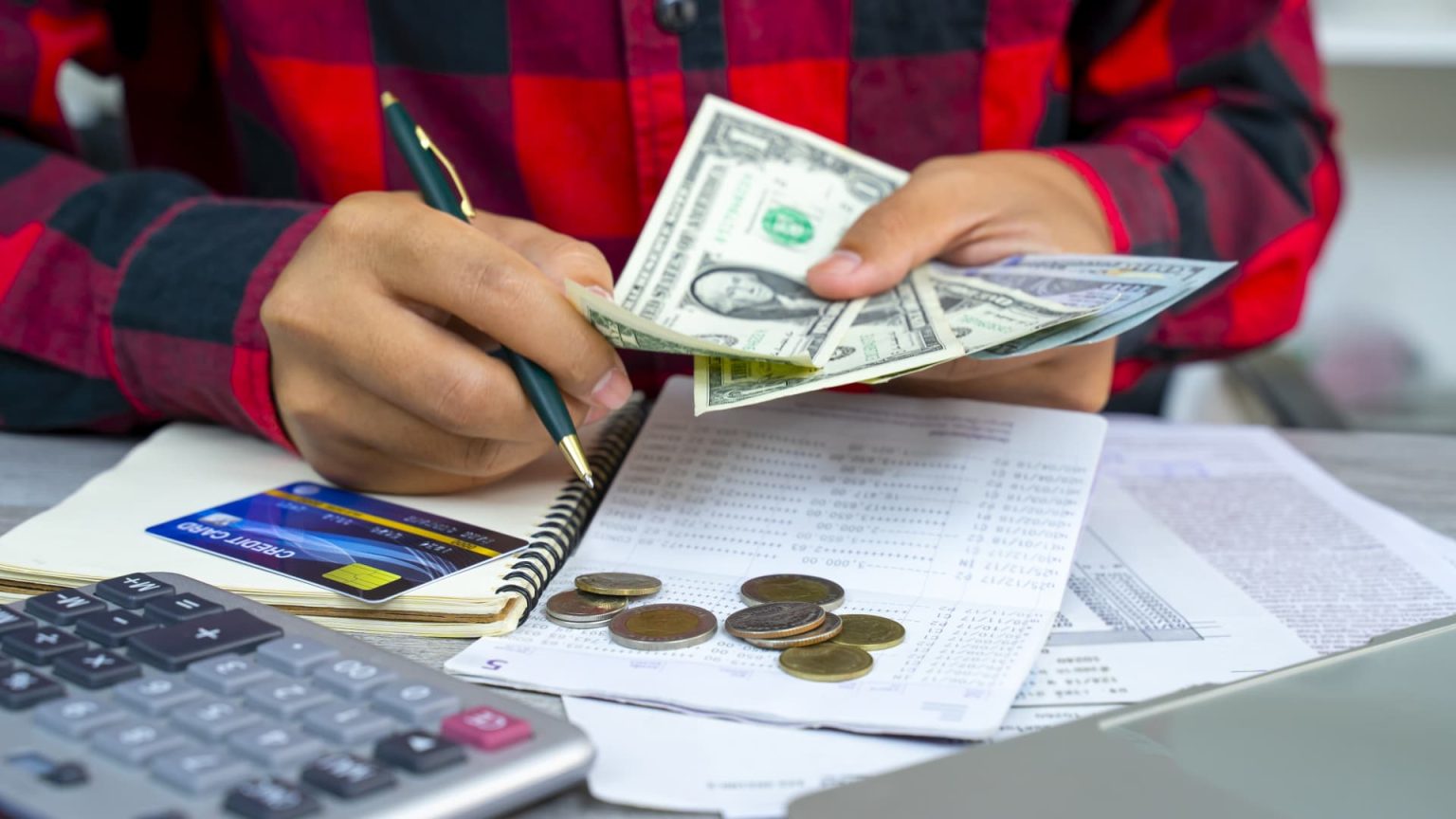Many people put off saving or investing their money because they think a small amount won’t make a big impact. The truth is, with an extra $100, anyone can start to build a richer financial future.
After you’ve bought groceries and paid the bills, what do you do with an extra $100? Here are 4 things to consider.
1. Add to emergency savings
Financial experts recommend that people put aside three to six months of expenses in an emergency fund. But in uncertain economic times, building a financial safety net of any size is important, even if you start small with $25, $50 or $100 a month.
“Everybody, individually, needs to look at the facts and figures of their lives given where they are,” Lynnette Khalfani-Cox, The Money Coach® and author of Zero Debt: The Ultimate Guide to Financial Freedom, previously told CNBC Select.
To get the most bang for your buck, a high-yield savings account allows the money your holding in your emergency fund to grow faster. The average APY (aka, annual percentage yield, or the interest you can accrue in a year) is hovering around 0.4% for traditional savings accounts. But there are high-yield online savings accounts offering up to 5% and higher APY, giving you a better return on your savings.
These accounts allow the flexibility to easily take out money if you need it, though some have a monthly cap on how many withdrawals you can make. This both gives you access to your money, while encouraging you to leave it there for a rainy day.
Compare offers to find the best savings account
2. Pay off credit card debt
Once your emergency fund has been secured, the next step is working towards paying down your high-interest debt.
All debt is not created equal: Credit cards are useful in many ways, including helping you build your credit, but they carry high interest rates. The average credit card interest rate currently clocks in around 20% APR, and that can add up quickly if you don’t pay your bill in full every month. Right now, Americans owe nearly $1 trillion on credit cards.
Your goal should be to get that balance down as quickly as possible by making at least your monthly payments. If you have an extra $100, use it to make an extra payment on your credit card bill this month to speed up the process.
3. Invest in the market
An extra $100 is the perfect amount to dip your toe into the stock market.
Investment apps offer an accessible way to start investing, even with small sums. Acorns, for example, lets you invest your spare change, and Robinhood has no minimums to open an account.
With a robo-advisor Betterment, you can have the platform’s algorithm design an investment portfolio tailored to your needs. It will invest in a number of exchange traded funds (ETFs) for you, which are baskets of assets considered to be a low-cost, lower-risk way to invest. You can also invest in ETFs with $0 commission trading platforms like TD Ameritrade, Ally Invest, E*TRADE and Vanguard.
Similarly, index funds, which track a market index, are considered a fairly low-risk way to start investing.
4. Invest in yourself and others
Saving and investing are smart ways to grow wealth, but if you’d rather treat yourself, make it an investment in you.
Take on online class in something you love or learn a new skill. Or if free time is hard to come by, hire a housekeeping service for an hour or two to give yourself time to read a book or go for a family walk.
If you’re feeling charitable, you can give the money to charity. Plus, charitable donations are often tax deductible.
Subscribe to the CNBC Select Newsletter!
Money matters — so make the most of it. Get expert tips, strategies, news and everything else you need to maximize your money, right to your inbox. Sign up here.
Editorial Note: Opinions, analyses, reviews or recommendations expressed in this article are those of the Select editorial staff’s alone, and have not been reviewed, approved or otherwise endorsed by any third party.
Read the full article here




